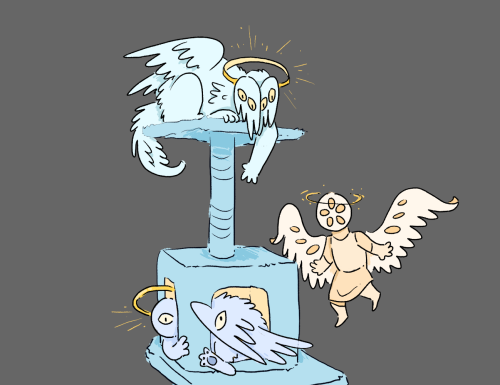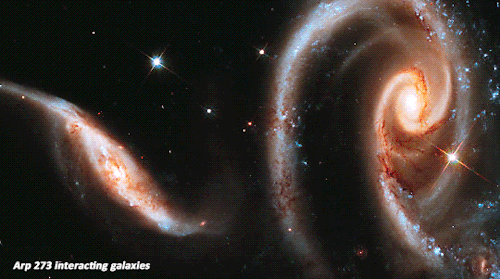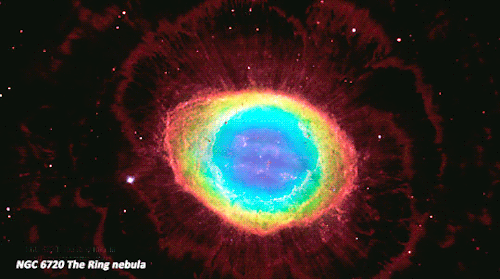[X]
![[X]](https://64.media.tumblr.com/117acc431121c21769ef1e5b82e0c9df/tumblr_p1qatg13IB1rut1rdo1_500.gif)
[X]
More Posts from Sidusglacies and Others


Peter Goodfellow




I had to build some cat furniture and it made me think of a heavenly cat tree.

New from Tornado Titans!
@brettwrightphoto captured this nice bolt at sunset in North Dakota. That barn has probably had better days. #ndwx #weather #lightning #weather #rain #rainyweather #storms #cloud #cloudporn #clouds #nature_lover #nature #nature_photo #nature_seeker #natgeoadventure #natgeoyourshot #natgeotravelpic #landscapes #landscapelover #epicsky #sky #skyporn #supercell #thunderstorm #storm #stormchasing #instaclouds #tv_clouds #ig_stormclouds https://instagr.am/p/CRrtJ-dr_gb/










The Best of Hubble_1

M45 | The Pleiades | From my backyard

In order top to bottom this celestial snapshot features Comet ISON, planet Mars, and Regulus, alpha star of the constellation Leo, in the same frame.
Image Credit: Pete Lawrence (Digital-Astronomy)

The speed of light between Earth and Moon in real time
via reddit
Polar Vortex Disruption Of January 2013
Satellite imagery of the disruption of the polar vortex in the northern hemisphere winter 2012-2013. The data show a major stratospheric sudden warming (SSW) event, linked to the distortion and reversal of the normal westerly (moving west to east) flow of air.
The large vortex (bright) over the North Atlantic Ocean at the start of the clip breaks up into several smaller vortices. This is due to air from lower latitudes (dark) becoming entrained in the polar flow, forming an anti-cyclonic region (dark, rotating clockwise) over Japan and eastern Russia, which disrupts the flow across the region.
Learn More About The Polar Vortex
Although dramatic, such events are not rare, occurring every two years on average. They can cause winds to reverse near the surface too, leading to very cold spells, especially in North America and Europe.
The brightness indicates the potential vorticity of the air, a measure of its rotation within its flow, at an altitude of 35 kilometers. Brighter regions have more vorticity.
A major SSW occurs when the temperatures in the stratosphere around the pole increases by at least 25 Kelvin within a week, causing the wind to change direction.
The data were gathered by the GEOS-5 satellite every hour between 15th December 2012 and 28th January 2013.
© GMAO / GSFC / NASA / Science Source
-
 reblog-spam-assassin reblogged this · 4 months ago
reblog-spam-assassin reblogged this · 4 months ago -
 nainagatabfe liked this · 1 year ago
nainagatabfe liked this · 1 year ago -
 kylos-girl liked this · 1 year ago
kylos-girl liked this · 1 year ago -
 marqenobi reblogged this · 1 year ago
marqenobi reblogged this · 1 year ago -
 alixnsuperstxr liked this · 2 years ago
alixnsuperstxr liked this · 2 years ago -
 missymysterious reblogged this · 2 years ago
missymysterious reblogged this · 2 years ago -
 doloreschanal reblogged this · 2 years ago
doloreschanal reblogged this · 2 years ago -
 well-thats-odd reblogged this · 2 years ago
well-thats-odd reblogged this · 2 years ago -
 rosecochonnetduprintemps reblogged this · 2 years ago
rosecochonnetduprintemps reblogged this · 2 years ago -
 brieffarmpeanutpersona reblogged this · 2 years ago
brieffarmpeanutpersona reblogged this · 2 years ago -
 queenwooooof liked this · 2 years ago
queenwooooof liked this · 2 years ago -
 queenofironandsilver liked this · 2 years ago
queenofironandsilver liked this · 2 years ago -
 smolfrenchtoast liked this · 2 years ago
smolfrenchtoast liked this · 2 years ago -
 noirnocturnal reblogged this · 3 years ago
noirnocturnal reblogged this · 3 years ago -
 animasmagic reblogged this · 3 years ago
animasmagic reblogged this · 3 years ago -
 ih8yjjvy liked this · 3 years ago
ih8yjjvy liked this · 3 years ago -
 loudsilence916 liked this · 3 years ago
loudsilence916 liked this · 3 years ago -
 saucerkommand liked this · 3 years ago
saucerkommand liked this · 3 years ago -
 bhonn4eus liked this · 3 years ago
bhonn4eus liked this · 3 years ago -
 frenchiee liked this · 3 years ago
frenchiee liked this · 3 years ago -
 reign-sl reblogged this · 3 years ago
reign-sl reblogged this · 3 years ago -
 chasingeverythingicanthave reblogged this · 3 years ago
chasingeverythingicanthave reblogged this · 3 years ago -
 chasingeverythingicanthave liked this · 3 years ago
chasingeverythingicanthave liked this · 3 years ago -
 husebx300 reblogged this · 3 years ago
husebx300 reblogged this · 3 years ago -
 damn-fuck-you liked this · 3 years ago
damn-fuck-you liked this · 3 years ago -
 melodyque liked this · 3 years ago
melodyque liked this · 3 years ago -
 blue-and-bones reblogged this · 3 years ago
blue-and-bones reblogged this · 3 years ago -
 blue-and-bones liked this · 3 years ago
blue-and-bones liked this · 3 years ago -
 for-later-i-promise reblogged this · 3 years ago
for-later-i-promise reblogged this · 3 years ago -
 knight-kennedy liked this · 3 years ago
knight-kennedy liked this · 3 years ago -
 tigerlily7270 reblogged this · 3 years ago
tigerlily7270 reblogged this · 3 years ago -
 tigerlily7270 liked this · 3 years ago
tigerlily7270 liked this · 3 years ago -
 lame-name0 liked this · 3 years ago
lame-name0 liked this · 3 years ago -
 retvenkos liked this · 3 years ago
retvenkos liked this · 3 years ago -
 sentimentos-e-um-pouco-mais liked this · 3 years ago
sentimentos-e-um-pouco-mais liked this · 3 years ago -
 moonlightddrive reblogged this · 3 years ago
moonlightddrive reblogged this · 3 years ago -
 hey1tskat1e liked this · 3 years ago
hey1tskat1e liked this · 3 years ago -
 a-soul-with-no-king reblogged this · 3 years ago
a-soul-with-no-king reblogged this · 3 years ago -
 a-soul-with-no-king liked this · 3 years ago
a-soul-with-no-king liked this · 3 years ago -
 bandofdaisies reblogged this · 3 years ago
bandofdaisies reblogged this · 3 years ago -
 d-r-e--a--m-e-r liked this · 3 years ago
d-r-e--a--m-e-r liked this · 3 years ago -
 yaaaahyaaaah liked this · 3 years ago
yaaaahyaaaah liked this · 3 years ago
